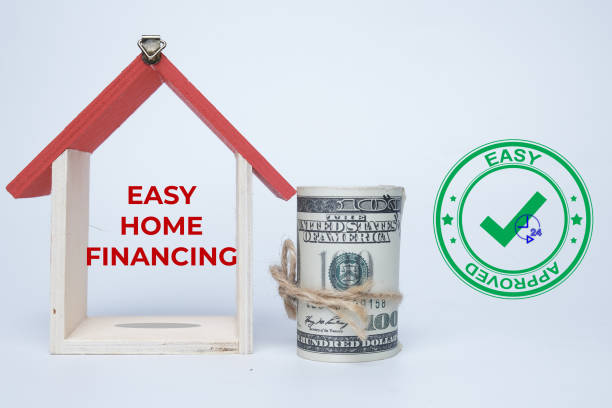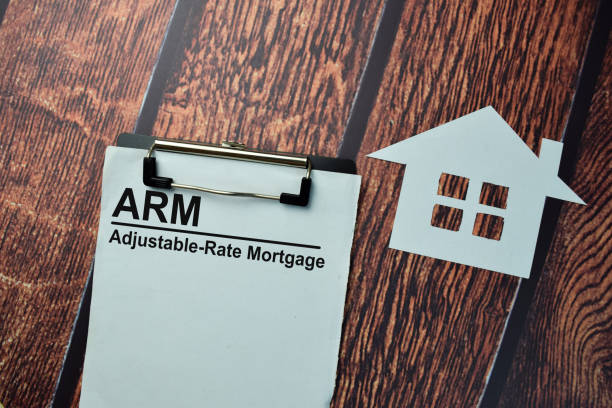When you buy a home, one of the most significant financial decisions you’ll make is choosing how much of a down payment to put down. While a 20% down payment is ideal for many homebuyers, it’s not always feasible. In such cases, if you put down less than 20%, your lender may require you to pay for Private Mortgage Insurance (PMI). PMI is an added expense that protects the lender in case you default on your loan, but it also increases your monthly mortgage payment.
In this article, we’ll explore what PMI is, why it’s required, how it affects your mortgage, and, most importantly, how to avoid paying it altogether.
What is Private Mortgage Insurance (PMI)?
PMI is a type of insurance policy that protects the lender, not the borrower. When you take out a conventional mortgage with a down payment of less than 20%, the lender sees you as a higher-risk borrower. Since you have less equity in the home, the risk of foreclosure is greater if you were to default on your mortgage. To mitigate this risk, the lender requires you to purchase PMI.
The cost of PMI is typically added to your monthly mortgage payment, although it can sometimes be paid upfront or as a one-time premium. While PMI does not benefit the borrower directly, it allows you to secure a mortgage with a smaller down payment, making homeownership more accessible for many buyers.
How Much Does PMI Cost?
The cost of PMI can vary based on several factors, including:
- Loan Amount: The larger your loan, the more expensive PMI tends to be.
- Down Payment Size: The smaller your down payment, the higher the PMI cost.
- Credit Score: Borrowers with higher credit scores may pay a lower PMI premium than those with lower scores.
- Loan Type: Certain types of loans, such as FHA loans, come with their own mortgage insurance requirements, which are separate from PMI but similar in function.
Typically, PMI costs between 0.3% to 1.5% of the original loan amount per year. For example, if you have a $200,000 mortgage, your PMI could range from $600 to $3,000 annually or $50 to $250 a month, depending on your loan details.
Why Do Lenders Require PMI?
Lenders require PMI to reduce the risk of lending to buyers with a smaller down payment. When you make a down payment of less than 20%, you have less equity in your home, which means if property values fall or you face financial hardship, you may be more likely to default on your loan.
Since the lender’s priority is protecting their investment, PMI provides a cushion in the event that the borrower defaults and the house goes into foreclosure. If the house sells for less than what is owed on the mortgage, the insurance helps cover the difference.
How Long Do You Have to Pay PMI?
In most cases, PMI payments continue until you’ve built up enough equity in the home to reach 20% of the property’s original value. This equity can come from:
- Paying down the principal: As you make monthly mortgage payments, your loan balance decreases, increasing your equity.
- Home value appreciation: If your home’s market value increases over time, your equity grows, potentially allowing you to cancel PMI sooner.
Once you have reached 20% equity, you can ask your lender to remove PMI from your mortgage. Most lenders will automatically cancel PMI once your loan balance reaches 78% of the home’s original value, but you may have to request it earlier to save money.
How to Avoid Paying PMI
If you’re looking to avoid the additional cost of PMI, there are several strategies you can consider:
1. Save for a Larger Down Payment
The most straightforward way to avoid PMI is to put down at least 20% of the home’s purchase price. While saving for a 20% down payment can be challenging, it can help you avoid paying PMI altogether. If you’re struggling to save that much, consider delaying your home purchase until you can afford a larger down payment.
2. Consider a Piggyback Loan
A piggyback loan is a second mortgage that is taken out simultaneously with your primary mortgage to cover part of your down payment. For example, you could take out an 80% first mortgage, a 10% second mortgage, and then put down 10% of your own money. This method allows you to avoid PMI because the first mortgage covers 80% of the home’s value, which is the typical threshold for PMI requirements. While piggyback loans can save you on PMI, they come with their own risks and costs, such as higher interest rates on the second mortgage.
3. Look Into Lender-Paid Mortgage Insurance (LPMI)
With Lender-Paid Mortgage Insurance (LPMI), the lender pays for PMI upfront or as part of the loan agreement. In exchange, you typically receive a slightly higher interest rate on your mortgage. While this eliminates the monthly PMI premium, it can result in higher overall costs over the life of the loan because of the higher interest rate. If you plan to stay in the home long term, it might be worth considering, but it’s important to compare the long-term cost difference before choosing this option.
4. Consider a VA Loan or USDA Loan
If you’re eligible, you may qualify for a VA loan (Veterans Affairs) or a USDA loan (U.S. Department of Agriculture). These government-backed loans are available to certain borrowers and often come with more favorable terms, including no down payment requirements and no PMI. VA loans are available to military veterans, active-duty service members, and some surviving spouses, while USDA loans are for low- to moderate-income buyers purchasing homes in rural areas.
5. Refinance Your Mortgage
If you already have a mortgage and are paying PMI, you may be able to eliminate PMI by refinancing your mortgage once you’ve reached 20% equity. Home values often increase over time, so if your home has appreciated or you’ve paid down enough principal, refinancing could help you qualify for a new loan that doesn’t require PMI. Keep in mind that refinancing comes with its own costs, such as closing fees, so weigh the pros and cons carefully.
Final Thoughts
While PMI may feel like an unnecessary expense, it serves an important purpose for both the lender and the borrower. It allows buyers with smaller down payments to qualify for a mortgage, making homeownership more accessible. However, if you want to avoid PMI, there are several strategies available, from saving for a larger down payment to considering alternative loan options like VA or USDA loans.
Before committing to a mortgage, make sure you understand the costs involved, including PMI, and explore all your options for avoiding it. With the right approach, you can save money in the long run and enjoy the benefits of homeownership without the added financial burden of private mortgage insurance.

